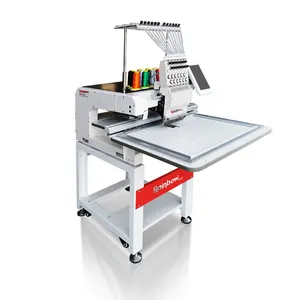Popular in your industry











Related Searches:
























Top categories
About poultry pan feeding system
For efficient poultry feeding, an automatic pan feeding system is crucial. It provides a convenient and controlled way of distributing feed to poultry. These systems consist of individual feeding pans that are typically circular or round with a central feed-dispensing mechanism. The pan's design is crucial for ensuring that the feed is easily accessible to the birds while minimizing waste. The pan feeder poultry is designed to accommodate the birds' natural feeding behavior, allowing them to access the feed at any time. The pan design also helps in preventing the birds from scratching and scattering the feed, which can lead to waste and contamination.
Types of poultry pan feeding system
There are various types of pan feeding systems designed to meet the specific needs of different poultry types and production systems. The first is the single pan feeding system. It is commonly used for small poultry flocks or in situations where individual feeding control is required. It consists of individual feeding pans that are usually set up in a row or a grid. The single pan system is often used in broiler and pullet production. The second is the chain feeding system. It is designed for larger poultry flocks and is commonly used in layer and breeder operations. The chain feeding system consists of a series of feeding pans that are connected by a chain. As the chain moves, it dispenses the feed into the individual pans.
The third is the circular pan feeding system. It is designed for use in larger poultry houses and is often used in broiler production. The circular pan system consists of a circular feeding pan with a central feed-dispensing mechanism. The pan rotates, distributing the feed to the birds. The fourth type is the tube feeding system. It is commonly used in layer and breeder operations. The tube feeding system consists of a series of feeding tubes that are connected to a central feed bin. The feed is distributed through the tubes into the individual feeding pans.
Advantages of poultry pan feeding system
For efficient poultry feeding, an automatic pan feeding system is crucial. It provides a convenient and controlled way of distributing feed to poultry. These systems consist of individual feeding pans that are typically circular or round with a central feed-dispensing mechanism. The pan's design is crucial for ensuring that the feed is easily accessible to the birds while minimizing waste. The pan feeder poultry is designed to accommodate the birds' natural feeding behavior, allowing them to access the feed at any time. The pan design also helps in preventing the birds from scratching and scattering the feed, which can lead to waste and contamination.
The use of an automatic pan feeding system offers several advantages for both the birds and the poultry farm. First, it promotes efficient feed distribution, ensuring that each bird has access to an adequate amount of feed. This not only contributes to the birds' health and well-being but also helps in achieving optimal growth and performance. Second, the pan feeding system for broilers reduces feed wastage by minimizing spillage and preventing birds from soiling the feed. This not only contributes to cost savings but also helps in maintaining a clean and hygienic feeding environment. Third, the precise control over feed distribution provided by the system allows for customization of feed programs, catering to the specific nutritional needs of different poultry groups, such as broilers, layers, or breeders. This adaptability is essential for maximizing the birds' potential and ensuring their overall productivity. The automated operation of the pan feeding system reduces the need for manual labor, contributing to operational efficiency and labor savings. Finally, the consistent and reliable access to feed promotes natural feeding behavior in poultry, contributing to their welfare and reducing stress. This is particularly important in intensive production systems where the well-being of the birds is a key consideration.



























